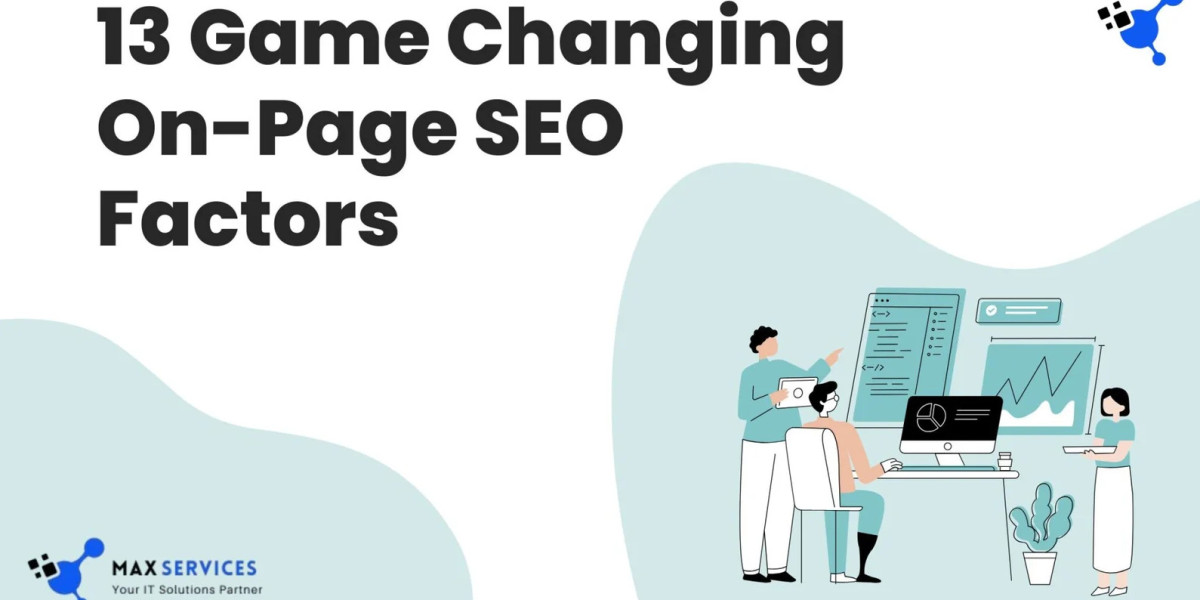1. E-E-A-T: Experience, Expertise, Authoritativeness, and Trustworthiness
Google evaluates content quality based on E-E-A-T principles, which ensure that your website delivers reliable, valuable, and authoritative information.
Experience: Content should be written by individuals with first-hand, real-world experience on the topic.
Expertise: Showcase knowledge through professional credentials, industry recognition, or deep subject matter expertise.
Authoritativeness: Establish credibility by earning backlinks from trusted sources and creating high-quality, cited content.
Trustworthiness: Secure your site with HTTPS, provide accurate information, and ensure transparency with clear contact details and policies.
2. Keyword Optimization
Optimize for semantic relevance by including related keywords and topics.
Ensure natural keyword placement in titles, headings, and body content without stuffing.
3. Content Structure and Readability
User-friendly content improves engagement and boosts SEO performance.
Use clear headings (H1, H2, H3, etc.) to organize content.
Break text into short paragraphs and use bullet points for scannability.
Maintain a conversational, engaging tone to enhance readability.
4. Fresh, Updated Content
Regularly updating your content signals relevance to search engines.
Revise outdated sections to keep information current.
Expand content by adding new insights, examples, and multimedia elements.
Ensure accuracy by fact-checking and aligning with industry trends.
5. Optimized Visual Assets
Enhance SEO and user experience by leveraging images, videos, and infographics.
Use descriptive file names and alt text to improve accessibility and indexing.
Compress images to reduce load times without compromising quality.
Implement schema markup to enrich search results with visual elements.
6. Title Tags
Your title tag is a crucial ranking factor and influences click-through rates.
Include the primary keyword near the beginning.
Keep it under 60 characters to prevent truncation in search results.
Make it engaging and action-oriented to attract clicks.
7. Meta Descriptions
A compelling meta description can significantly impact your click-through rate.
Craft unique, persuasive summaries with a clear value proposition.
Include relevant keywords naturally to reinforce search intent.
Use calls-to-action (CTAs) to encourage engagement.
8. Image SEO
Optimize images to improve site speed and ranking potential.
Use descriptive alt text to help search engines understand images.
Choose the right file format (JPEG, PNG, WebP) for efficiency.
Implement lazy loading to enhance performance.
9. Geotagging for Local SEO
Enhancing local search visibility is essential for location-based businesses.
Incorporate location-based keywords in content and metadata.
Maintain consistent NAP (Name, Address, Phone number) across directories.
Create dedicated location-specific pages for multi-location businesses.
10. Site Speed Optimization
Page load time is a ranking factor that affects both user experience and SEO.
Optimize images and enable browser caching.
Minify CSS, JavaScript, and HTML files.
Use a content delivery network (CDN) to improve speed.
11. Mobile-Friendliness
With mobile searches dominating, a responsive design is crucial.
Ensure mobile-responsive layouts for a seamless experience.
Optimize for fast mobile loading speeds.
Test performance using Google’s Mobile-Friendly Test.
12. URL Structure and Internal Linking
A clean, structured URL improves readability and ranking.
Use short, descriptive URLs with relevant keywords.
Avoid excessive parameters or dynamic URLs.
Implement internal linking with descriptive anchor text to guide users and search engines.
13. Anchor Text Best Practices
Anchor text should be informative and keyword-rich without being spammy.
Use relevant keywords to describe linked content.
Avoid generic phrases like “click here.”
Maintain a natural linking structure to improve site navigation and SEO.
Conclusion
By mastering these 13 essential on-page SEO factors, you can significantly improve your website’s search rankings, user engagement, and overall visibility in digital marketing. SEO is an ongoing process, so continuously monitor your performance, stay updated with algorithm changes, and refine your strategy to maintain a competitive edge.







